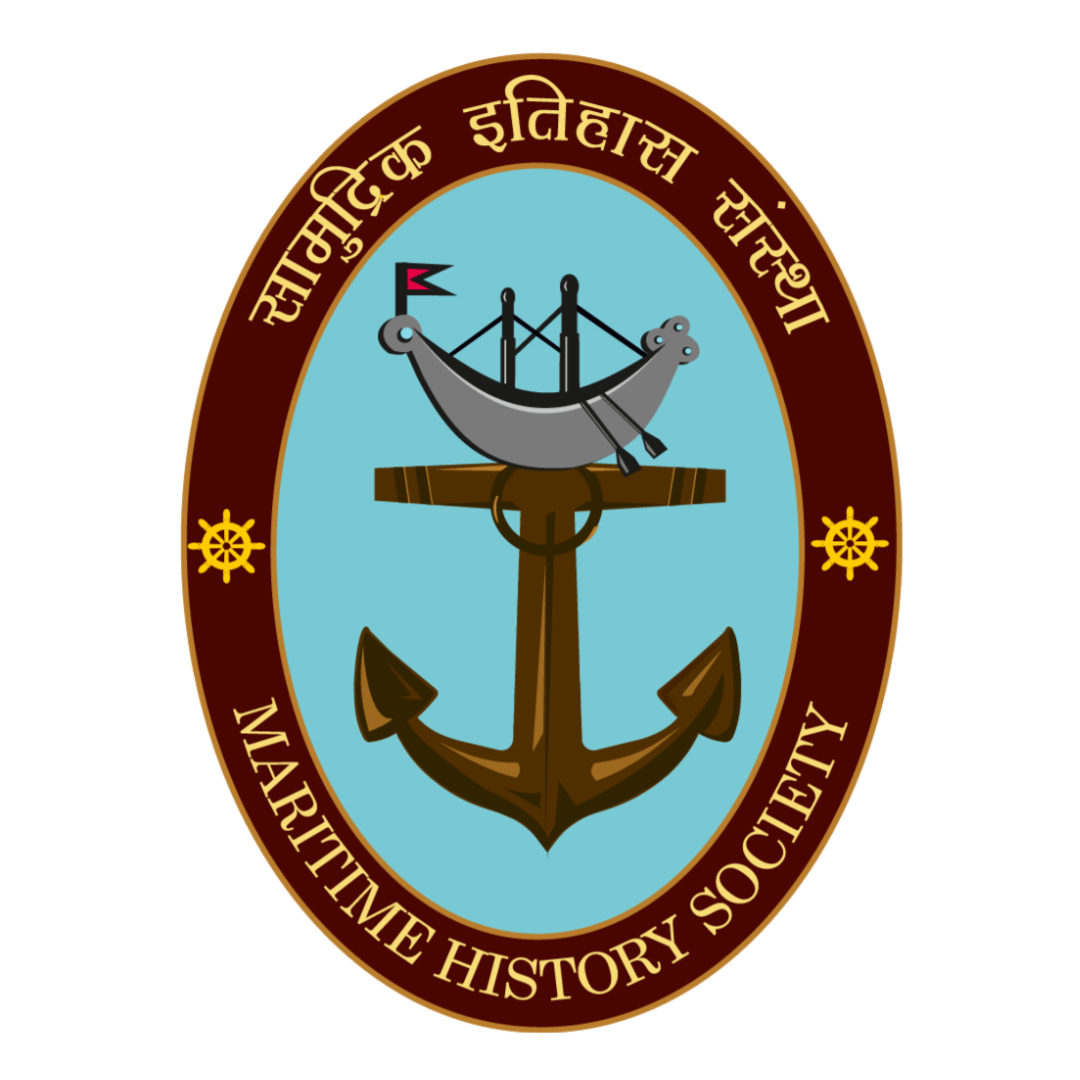Since MHS through its constant endeavours attempts to dig deeper in ocean heritage and bring something new for the enthusiasts with a view either to join the dots of the rich maritime history or celebrate and promote it in all its glory, this time it is on a voyage to take a glimpse with help of sarees!
‘Saree’, a six-yard piece of an unstitched cloth turned into a versatile attire, not only looks graceful but also is a globally recognised dress representing ‘India’, and I always love to wear it. Technically, it is just a 6-yard unstitched cloth that is in existence since the time immemorial. Yet, it finds its place in traditional women’s closet as well as modern women’s wardrobe.
We embarked on a voyage much like our Sadhabas who were the ancient mariners from the Kalinga empire and travelled across states having some or the other relation with a Sea, with a view to rediscover India’s cultural exchanges and possible influences on other countries, reflected in its art of textile, and contribute towards its appreciation. Here’s a glimpse of few weaves which either highlight the ‘maritime’ or celebrate it since ages!
Odhisha or Kalinga to be specific had rich and ancient cultural civilisational connect with Bali in Indonesia, Myanmar, Cambodia, Thailand, etc. Every year, during Kartik Purnima, people in this region observe a traditional custom in which small paper boats are set free in water. The water bodies of Odisha are filled with thousands of boats commemorating glorious maritime trade. This celebration reflects in a saree as well! Women in Sambalpur are often seen wearing sarees with motifs of Bali Jatra (yatra) which includes the ship. Similar ship designs are historically also found in Indonesia textiles, celebrating the maritime history of the two countries.
Telia Rumal is another such example which has saree stories of sea. The word ‘Telia’ is derived from Til (sesame) since the yarn for the textile is ideally treated with castor ash, sesame oil along with sheep dung at times for longer colour retention. Being situated on the coastline, Chirala’s access to the sea enabled maritime trade with Africa and the Middle-East. Soon, Telia Rumal earned immense popularity in the Middle-Eastern market for its unique texture, patterns and longevity. The fishermen in Andhra Pradesh and Maharashtra adopted the same as a comfortable loincloth (lungi) or shoulder cloths — one of the reasons being that the intricate weaving pattern prevented the salty seawater from seeping through. Rumour has it that the oily aroma of the fabric also helped attract fish, which is why the fishermen preferred it as their ‘lucky’ gear. Today, the Telia Rumal survives in pockets and parcels of Andhra Pradesh, mostly restricted to a handful of weavers’ communities, who have carried forth the tradition through generations. These are just two examples which are put here, but there are many which are noteworthy and need an attention.
Many women in India possess unparalleled collections of sarees that hold within their warp and weft of a rich legacy of Indian craft. Yet, due to dominance of modern day fashion and power loom factors, we may be witness to the last days of such garments which have a very high intangible heritage value. Sadly, textiles are even less likely to survive the elements than ancient cities and hence need more stringent efforts.
First, of course, we as Indians have to realize the need to preserve sarees, not only as a component of our cultural heritage but as textile and artistic ones as well, because, preserving them is preserving our heritage, identity, and Saree is the best medium to touch and feel this rich legacy! For MHS, its touching maritime legacy!



0 Comments